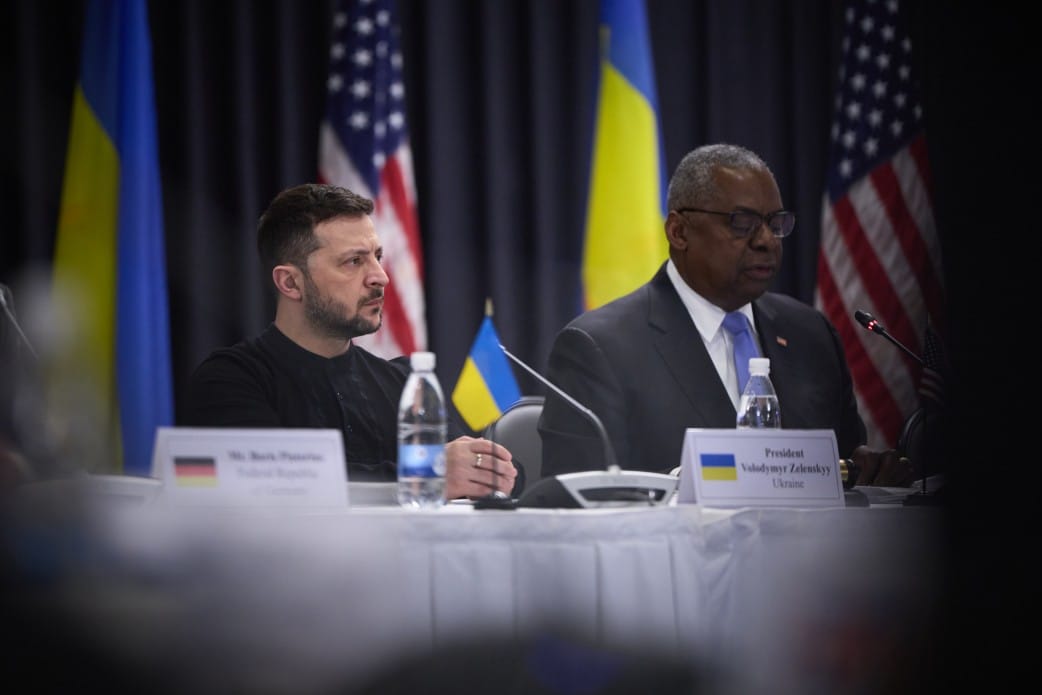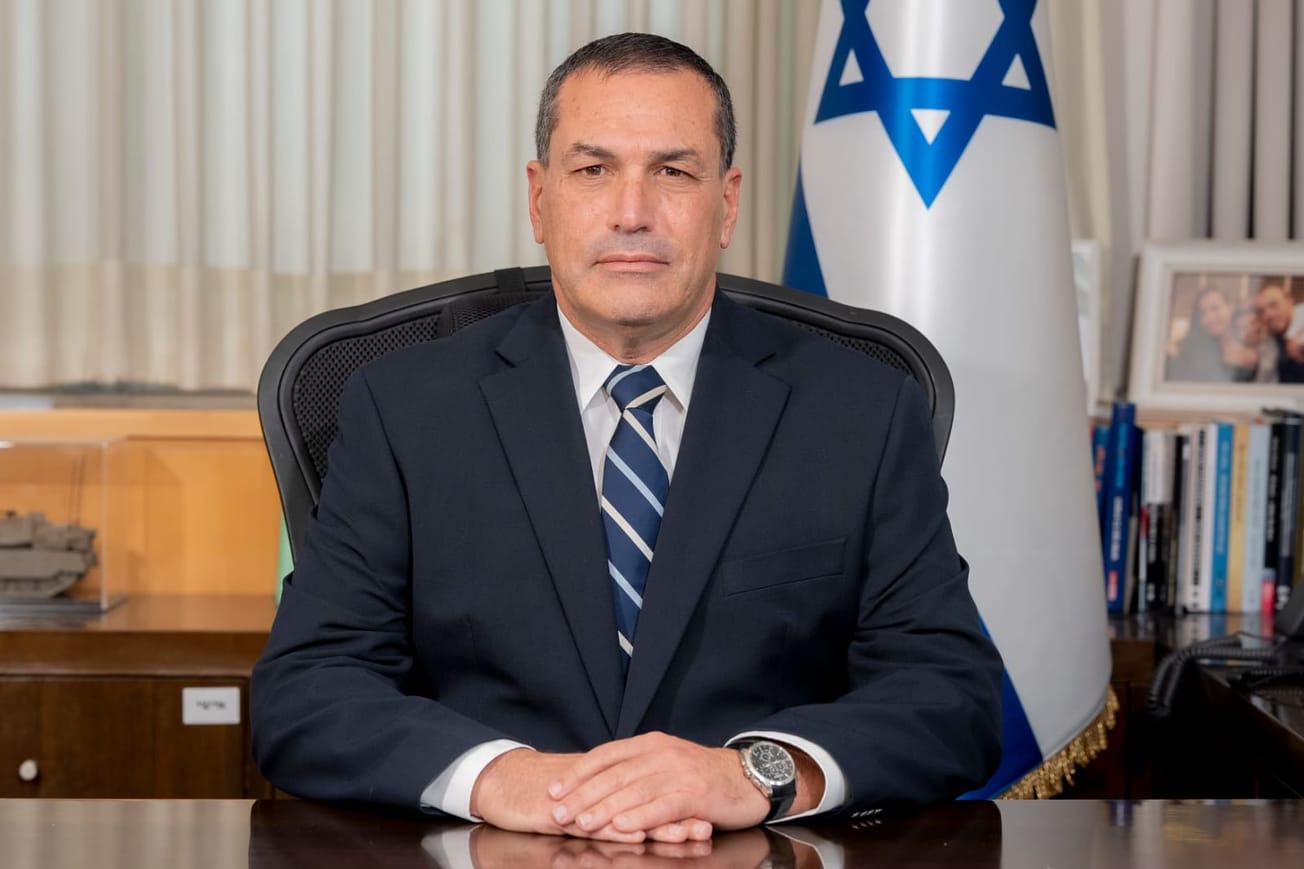Independent analysis of video and audio footage presented by the Israel Defense Forces (IDF) has revealed major inconsistencies with their claim that an errant rocket fired by the Palestinian Islamic Jihad (PIJ) was responsible for the deadly explosion at the al-Ahli Arab Hospital in Gaza City on Oct. 17.
Israeli authorities have released two pieces of evidence that they claim prove the building was hit by a Palestinian rocket. One is a video showing a salvo of Palestinian rockets flying from east to west, with one apparently breaking apart with a flash and falling on the hospital. The other is an intercepted call in which Hamas militants purportedly discuss how rockets fired by the Islamic Jihad group had fallen short and landed in Gaza.
First the video was examined by analysts at Al Jazeera and at England’s Channel 4, and both concluded that the flash in question could not be linked with the subsequent explosion at the hospital. Al Jazeera reported that the flash, rather, “was in fact consistent with Israel’s Iron Dome missile defense system intercepting a missile fired from the Gaza Strip and destroying it in midair.”
Further, in a second video shot near the blast site, one not mentioned by the IDF, an incoming rocket or missile can be heard screeching through the air before impacting the hospital. Earshot, an NGO specializing in audio analysis of footage from conflict zones and human rights cases, studied this video and found that the frequency of the incoming projectile indicates that it “approached the hospital from northeast, east or southeast.” Israel’s claim is that the hospital complex was hit from the west, where the PIJ was firing rockets.
Forensic Architecture, a research agency based at the University of London, backed up Earshot’s findings, stating that the projectile likely came from the direction of Israel. Further analysis of the crater left at the hospital pointed to an approach from the north-east, the agency said.
The audio recording was studied by Earshot. They found that, unlike most calls in which both parties’ voices are transmitted on the same audio channel, the recording consists of two separately-recorded voices stitched together. While Earshot said it “cannot categorically state that the audible dialogue is fake … the level of manipulation required to edit these two voices together disqualifies it as a source of credible evidence.”




